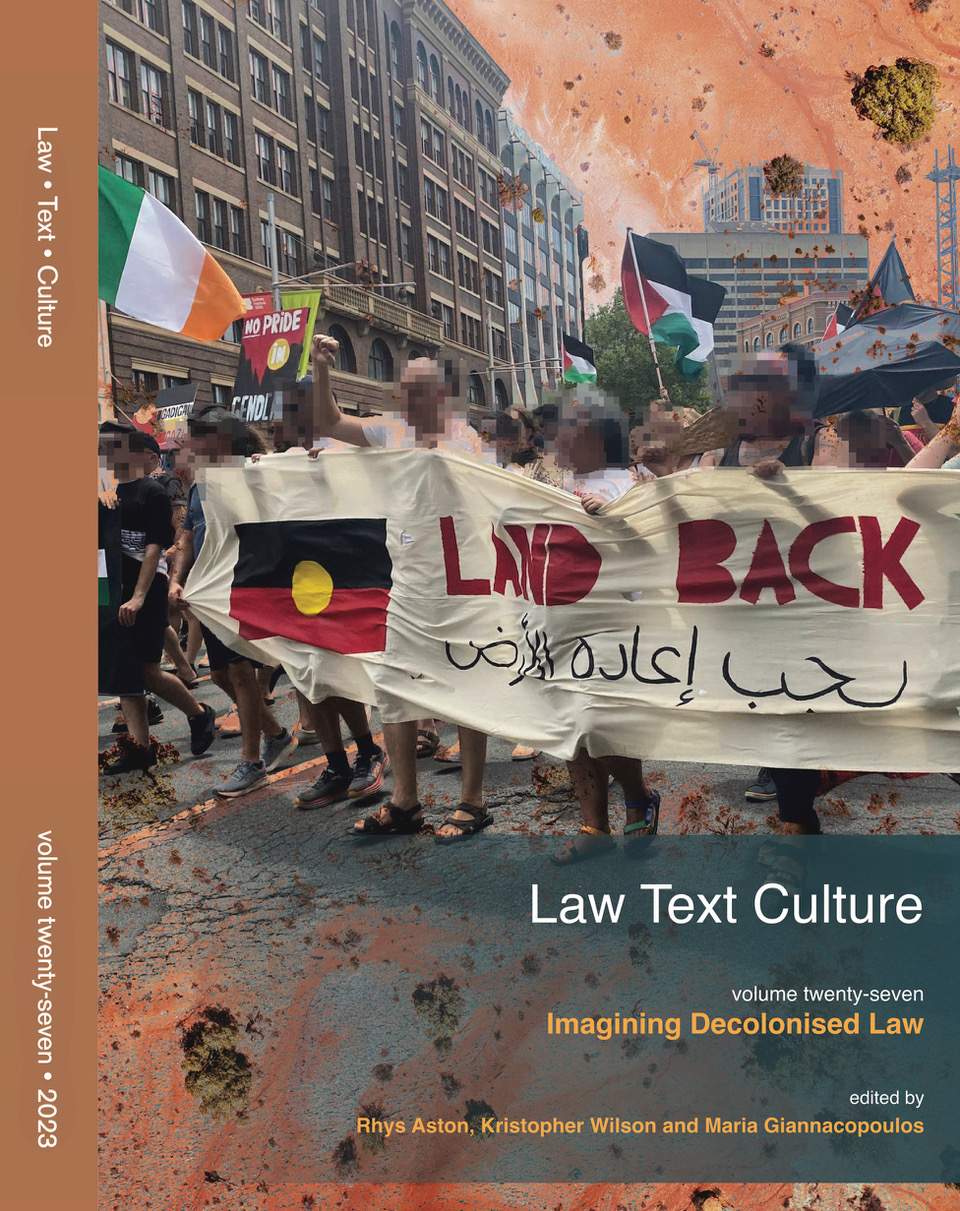Abstract
One morning in 1630, Henry Sherfield, barrister and recorder of the city of Salisbury, entered St. Edmund's Church and, with a pike-staff, smashed a painted window depicting God creating the universe. 1 For a man like Sherfield there was no discord of conscience with public duty, nor ultimately between conscience and the law. To him, his conscience and public life were interwoven without conflict between genuine moral convictions and external authority. Indeed, a year earlier, when speaking to a sessions jury, he had declared: "For no man can have true peace with God unless he shall profess to fear God and to make a good conscience the rule of his actions..." (Slack 1993:151). In his defence of the crime, Sherfield argued that the 'idol' had troubled him for over twenty years -- his being unable to enter the church without seeing it -- and that his display of private conscience in the public domain had been entirely appropriate (Cobbett 1809: 524). Yet lacking episcopal sanction or the support of secular law, his act of vandalism brought his downfall. Sherfield was prosecuted in the Star Chamber in 1633 and, with twenty-two privy councillors in attendance, stripped of his office, heavily fined and professionally destroyed; the trial bringing disgrace to the city and ruin to himself. He died, a debtor, the following year.
How to Cite:
Drakopoulou, M., (2000) “Equity, Conscience and the Art of Judgment as Ius Aequi et Boni”, Law Text Culture 5(1). doi: https://doi.org/10.14453/ltc.678
Downloads:
Download PDF
View PDF
531 Views
2887 Downloads

